Sapphire Pulse RX 7700 XT Review: Mid-Range Gaming Powerhouse
The AMD Radeon RX 7700 XT is a highly anticipated mid-range GPU, offering strong gaming performance and competitive pricing, challenging Nvidias offerings while showcasing a thoughtful design by Sapphire.
The AMD Radeon RX 7700 XT has arrived, and its launch has been eagerly anticipated by gaming enthusiasts. AMD has simultaneously unveiled two mid-range graphics cards, the Radeon RX 7700 XT and the RX 7800 XT, as part of their RDNA 3 lineup. Historically, these SKUs have been popular choices for gamers due to their exceptional price-to-performance ratio. The RX 7700 XT can be likened to the AMD equivalent of an Intel Core i5 or Ryzen 5 series CPU, making it an ideal choice for budget-conscious gamers. In this review, we will delve deep into the Sapphire Pulse AMD Radeon RX 7700 XT, exploring its features and performance.
This release, alongside the RX 7800 XT, expands the Radeon lineup, addressing a previous gap in the mid-to-top-range graphics card market. Initially, only top-tier cards like the AMD RX 7900 XTX or XT and the lower-end RX 7600 were available, leaving a void that Nvidia was quick to exploit. Nvidia introduced the RTX 4080, 4070 Ti, and 4070 to fill this gap, but they faced pricing and power delivery issues due to the lack of competition from AMD. Now, with the RX 7700 XT and its sibling card, there's finally healthy competition in the mid-range segment.
The launch of the RX 7700 XT comes nine months after the first 7th gen card and four months since the last card, the Radeon RX 7600. This new card aims to replace the most popular GPUs from AMD's RDNA 2 generation, the RX 6700 and RX 6800, with significantly improved performance that directly competes with Nvidia's offerings.
In recent years, AMD has solidified itself as a credible alternative to Nvidia with its Radeon graphics cards. While Nvidia maintains its dominance in the market, its focus has shifted toward AI and the enterprise sector, leaving room for Radeon to establish itself as the preferred choice for gamers. The RX 7700 XT may not offer the ray tracing or encoding capabilities of Nvidia cards, but it delivers exceptional gaming performance. In fact, it's so competitive in terms of gaming performance that it could become the top choice for the majority of gamers.
Now, let's talk pricing. The Radeon RX 7700 XT has an MSRP of $449, which is refreshingly lower than some of Nvidia's GPUs in this tier. When compared to the RTX 4060 Ti 16GB, it undercuts its original launch price by just $50, even before Nvidia's recent price drop. The promised performance of the RX 7700 XT surpasses the RTX 4060 Ti by a considerable margin. This means that, if it lives up to expectations, the RX 7700 XT could offer better price-to-performance value than its Nvidia counterpart.
However, the RX 7700 XT is only $50 cheaper than the AMD RX 7800 XT, which is priced at $499. The 7800 XT is positioned to compete against the Nvidia RTX 4070, priced at $600 MSRP. The performance of the 7800 XT comes close to that of the RTX 4070, making the Radeon RX 7700 XT seem somewhat redundant in comparison. Nevertheless, if you're on a tight budget and every dollar counts, the 7700 XT might be the better choice, especially if it receives price cuts down the line, as we've seen with other AMD options, including the RX 7900 XT.
Sapphire has maintained a design consistency with its RX 7700 XT, aligning it with the rest of its Pulse lineup. While there are some similarities with the Sapphire Pulse RX 6600, there are also subtle changes to give it a fresh look.
Starting with the dual-fan setup, you'll notice an updated aesthetic that the AMD Radeon RX 7000 series has embraced, featuring sharper styling compared to the smooth-flowing appearance of the previous generation. The Sapphire Pulse RX 7700 XT does away with excessive RGB lighting or bold colors, opting instead for subtle red highlights, a signature of AMD's design. Notably, the fan design has been updated with angular velocity fan blades, claimed by Sapphire to provide improved downward air pressure on the outer ring. This design results in quieter performance when the RX 7700 XT ramps up, especially compared to previous iterations.
The backplate retains the signature heart rate pulse design found on all Pulse series cards and also serves as an additional cooling solution. It features cutouts towards the side opposite the PCIe slot, allowing airflow to pass through, as the cooler extends past the power connectors and PCB on that side.
Sapphire's Pulse RX 7700 XT boasts a robust design that keeps the card rigid with minimal screws. This design simplifies disassembly, making it easy for maintenance or future liquid-cooling upgrades. In summary, it's a thoughtful and practical design with an emphasis on performance.
Now, let's move on to the most crucial aspect: performance. We tested the Sapphire Pulse RX 7700 XT in various games and scenarios, paired with an AMD Ryzen 7 7700X, 32GB of DDR5 RAM, and an ROG Crosshair X670E Hero motherboard with a 1000W power supply.
In our testing, we evaluated the RX 7700 XT's performance in games such as CS:GO, Cyberpunk 2077, Doom Eternal, Assassin's Creed Valhalla, Far Cry 6, Rainbow Six Siege, Overwatch 2, and 3DMark. We examined different resolutions, settings, and ray tracing capabilities to provide a comprehensive performance overview.
Assassin's Creed Valhalla delivered solid performance, even at Ultra High settings. At 1080p, the RX 7700 XT averaged 125 FPS, with a 99th percentile at 90 FPS. Bumping up the resolution to 1440p, you can expect an average of 102 FPS with a 76 FPS 1% low. Even at 4K, where it may not be the primary focus, the card still manages a respectable 59 FPS on average and 46 FPS at the 99th percentile. This demonstrates that with some tweaking, you can achieve solid performance even at 4K resolution.
In CS:GO, the RX 7700 XT performed as expected. With CS2 on the horizon, its relevance may diminish, but the card still delivers impressive frame rates of 568 FPS at 1080p, 411 FPS at 1440p, and 171 FPS at 4K.
Cyberpunk 2077 introduced ray tracing into the mix. Even without max settings, the RX 7700 XT managed to maintain respectable performance, averaging 122 FPS at 1080p, 79 FPS at 1440p, and 36 FPS at 4K. However, enabling the 'psycho' ray tracing preset significantly impacted performance, rendering the game unplayable at all three resolutions. Adjusting the settings may be a reasonable compromise, and future upscaling options could improve performance further.
Doom Eternal also featured ray tracing, albeit with a less drastic performance hit. The game ran well overall, with an average of 255 FPS at 1080p, 210 FPS at 1440p, and 94 FPS at 4K. Enabling beautiful lighting reduced frame rates to 170
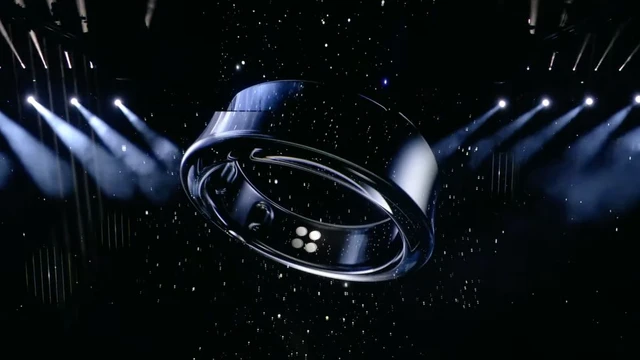


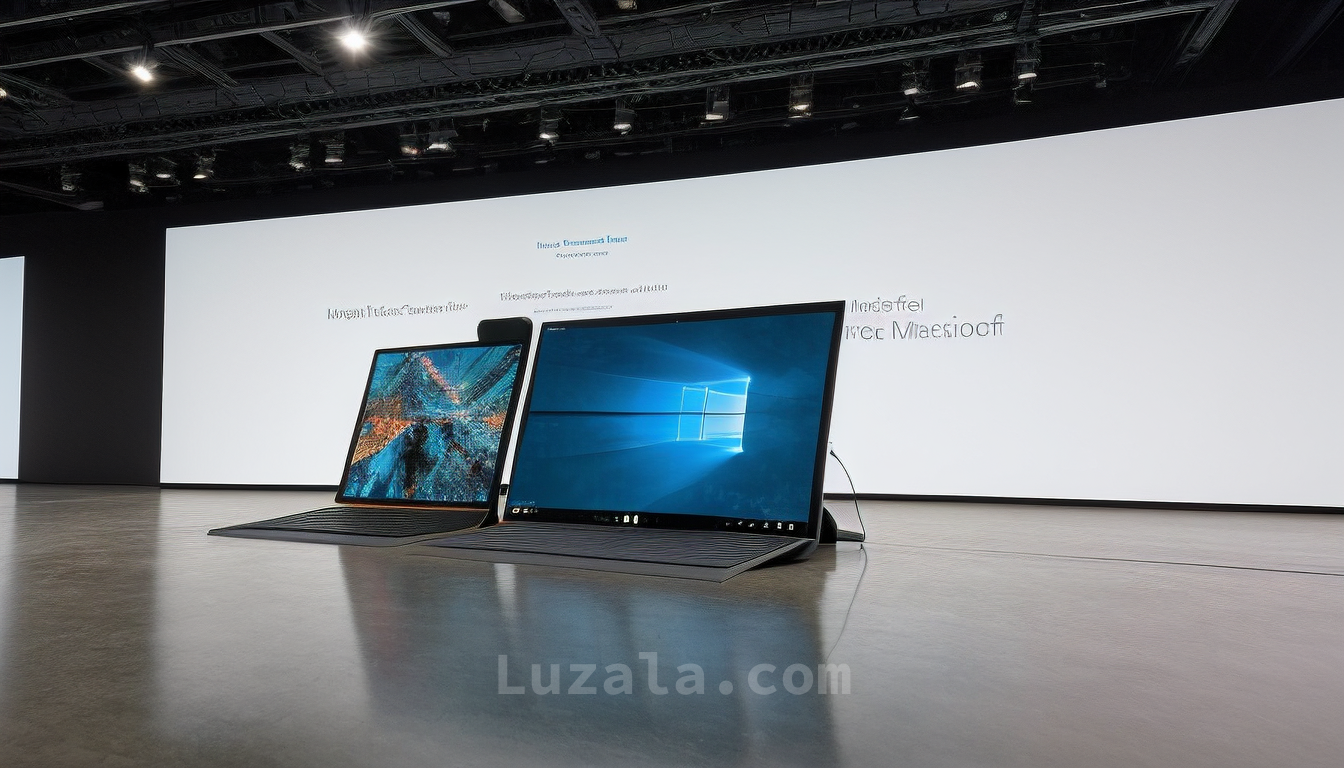
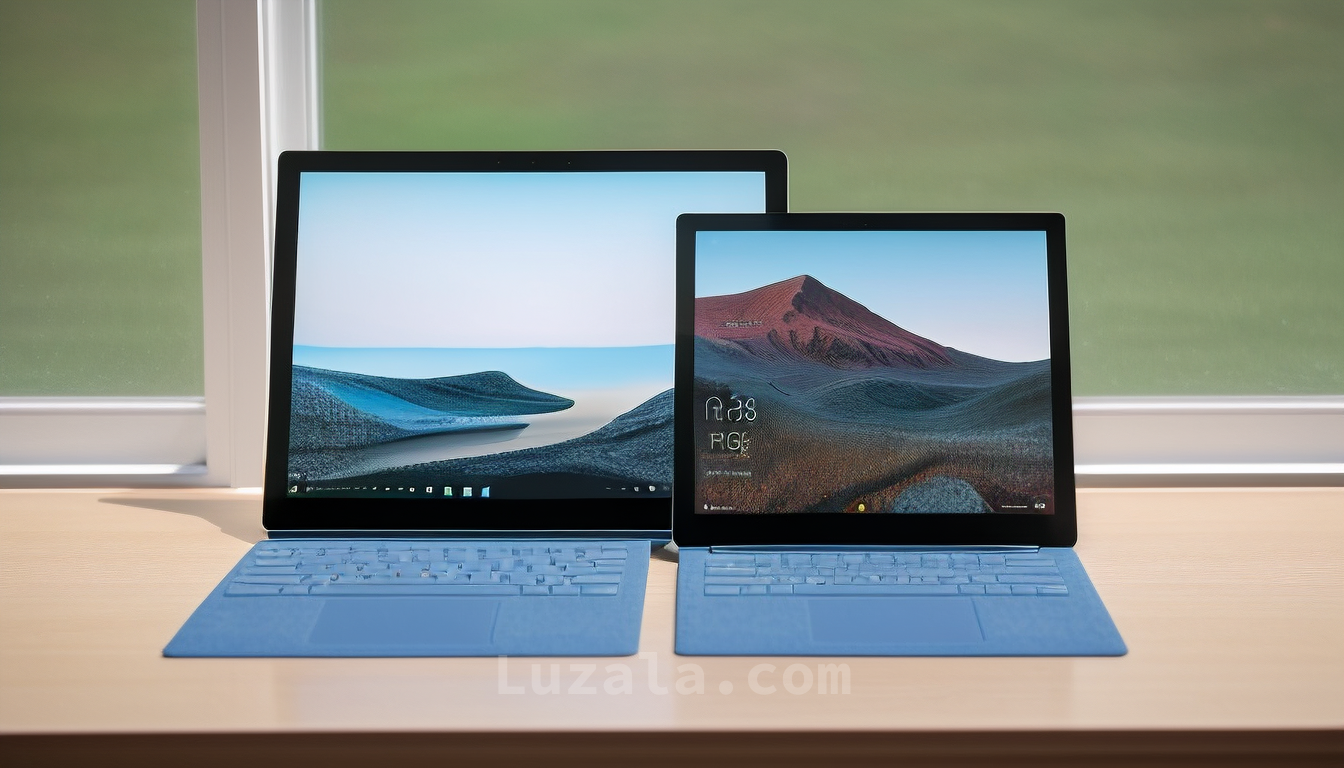

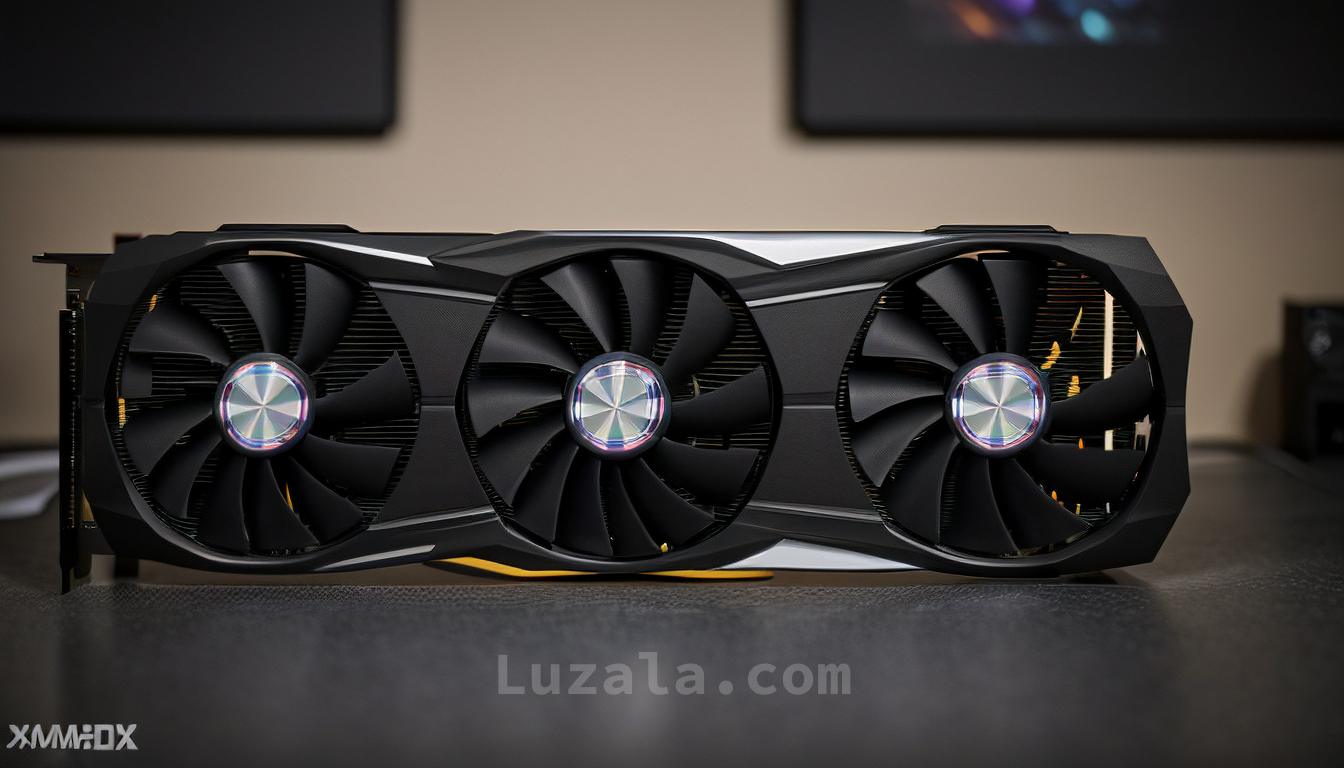

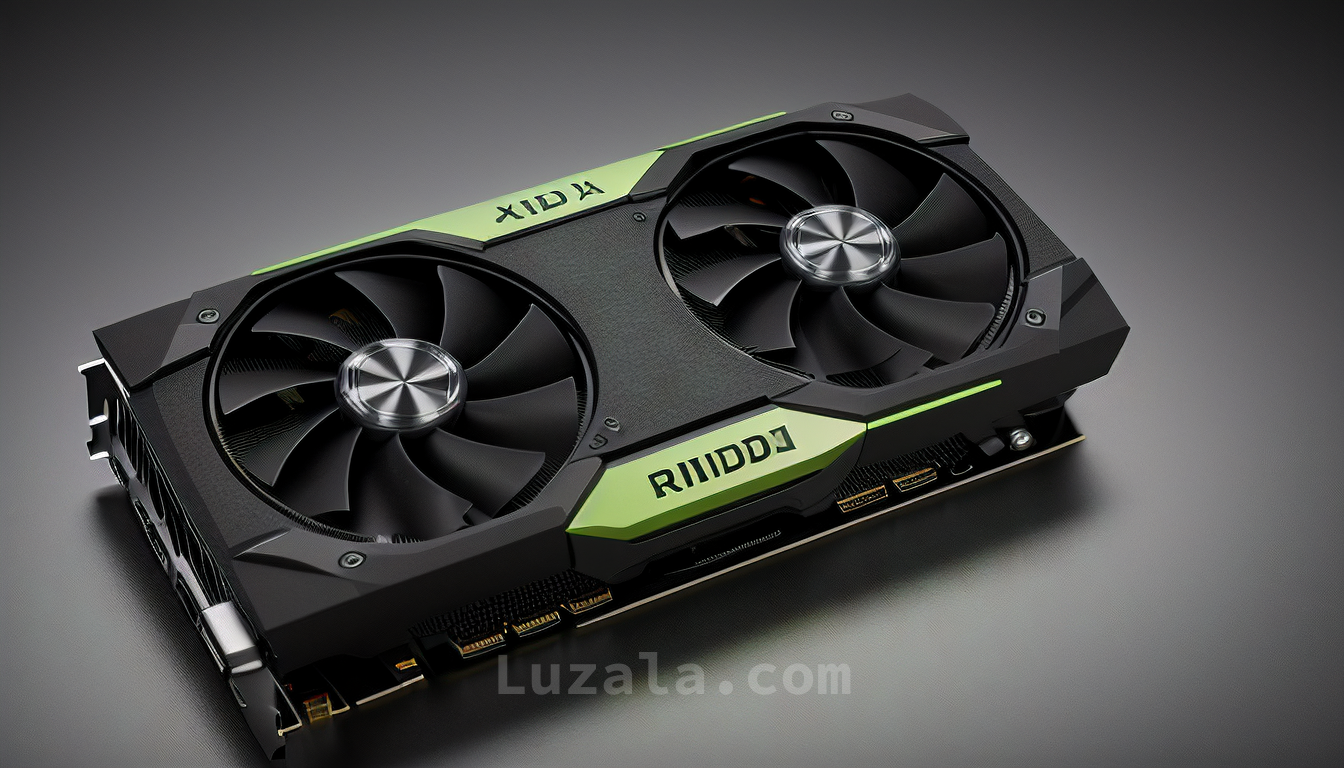
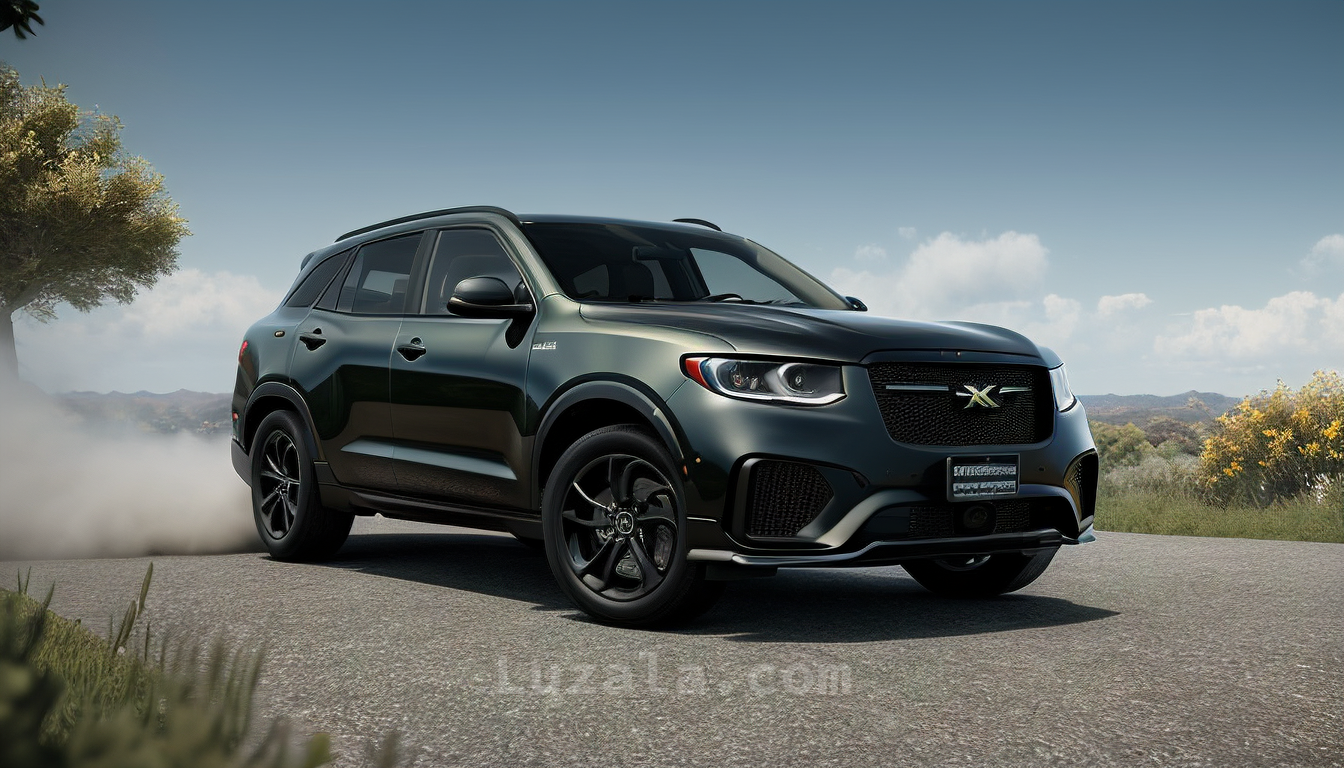





Comments